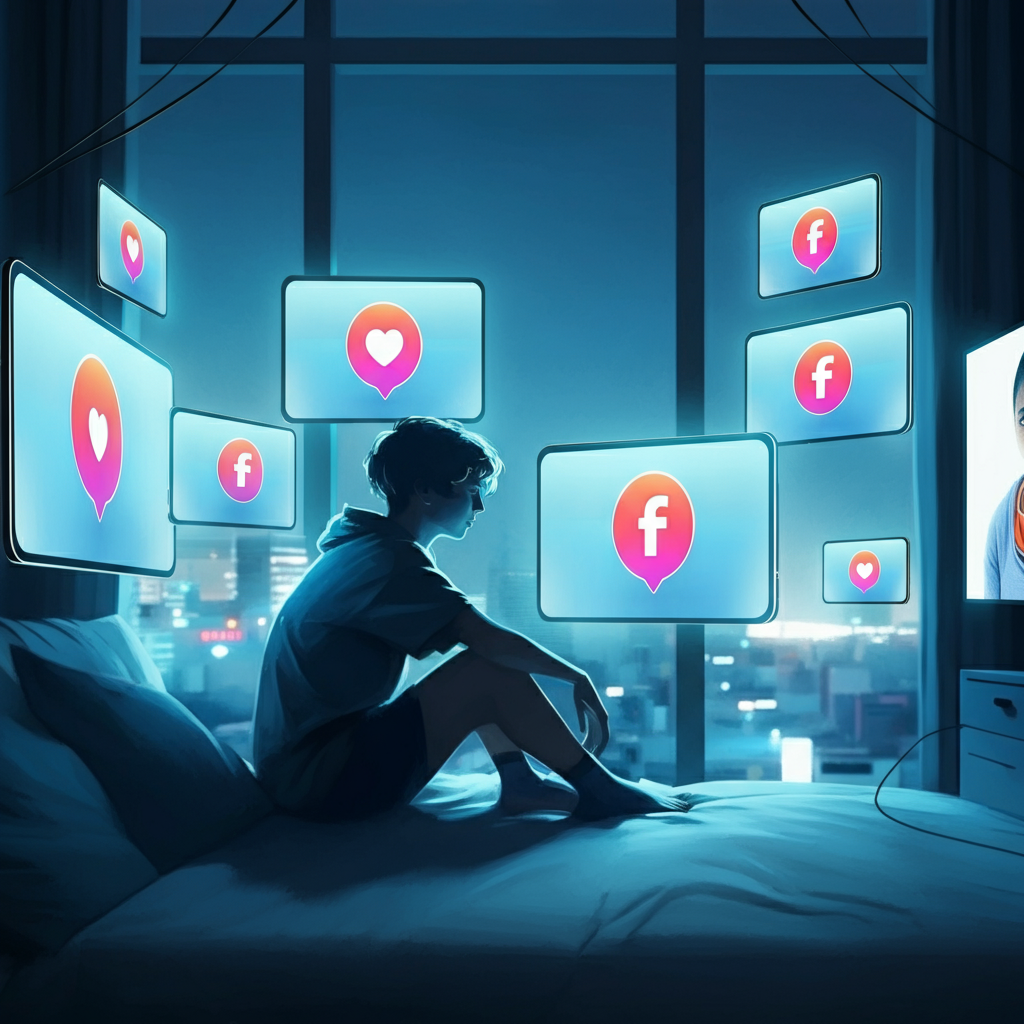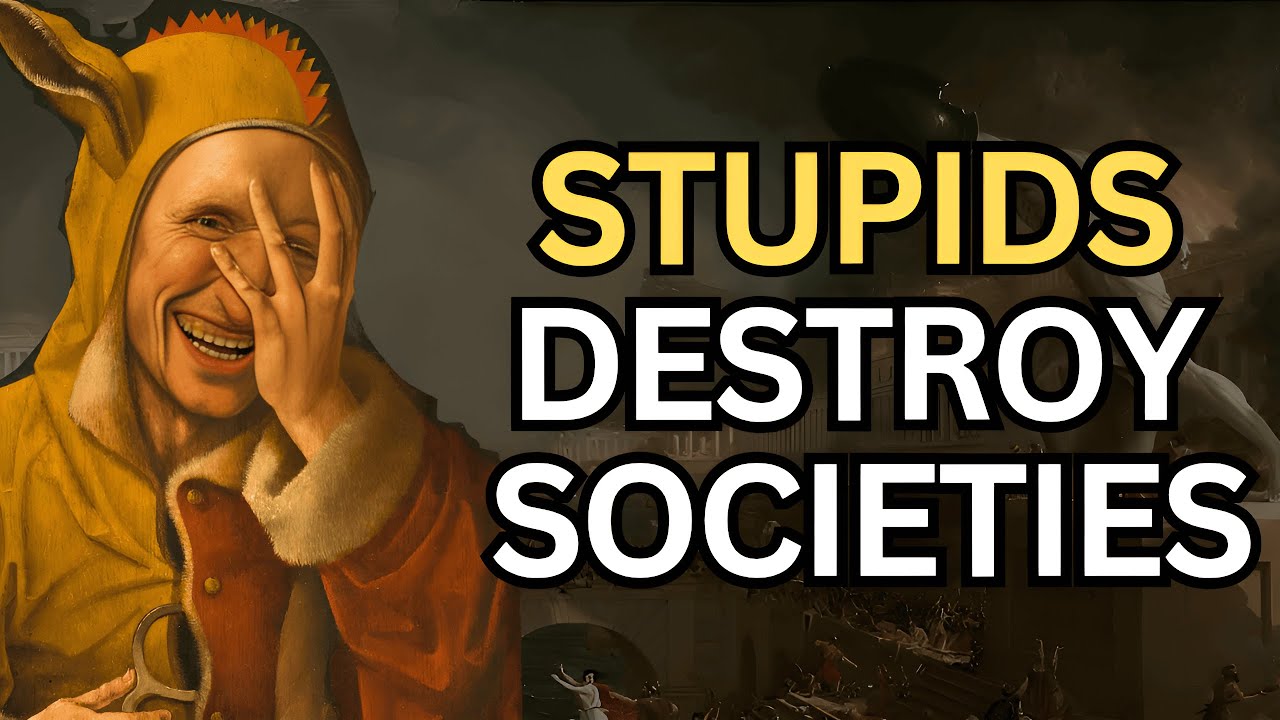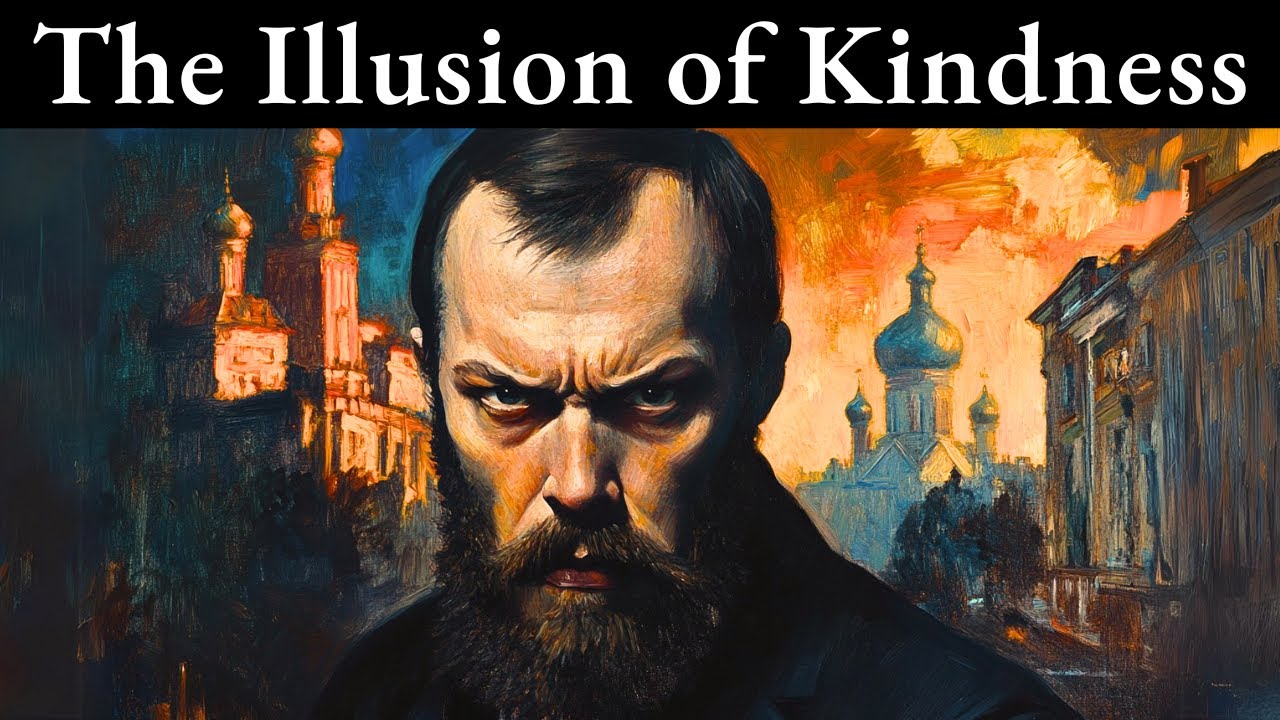
The Epidemic of Loneliness & How Social Media Made It Worse
Half the world is lonely. That’s not an exaggeration—that’s what global reports reveal as they track an escalating crisis reshaping lives across generations, from Lebanon to the United States.
A 2023 Gallup survey estimated that nearly 330 million adults worldwide experienced serious loneliness, while a Harvard study showed that 36% of all Americans feel “serious loneliness.” Gen Z, the most digitally connected generation in history, is the loneliest generation.
Here’s the cruel paradox: while technology has brought us closer virtually, social media has also deepened the epidemic of loneliness.
Platforms contribute to feelings of isolation instead of connection by fostering shallow relationships, unrealistic comparisons, and endless algorithm-driven scrolling.
Dive in as we unpack the loneliness epidemic, examine how social media fuels it, and explore practical solutions you can adopt.
The Scope of the Loneliness Epidemic
Loneliness isn’t just a fleeting emotion. Studies reveal a troubling picture of chronic isolation worldwide.
- Global statistics paint a sobering reality. Countries like Japan and the UK now have government-appointed “Ministers of Loneliness” to address this growing issue.
- The United States Surgeon General has sounded the alarm, equating loneliness to smoking 15 cigarettes a day in terms of health risks.
- Gen Z’s struggle is stark: despite constant notifications and digital communities, their connections often lack depth.
This is a public health crisis.
How Social Media Fuels Loneliness
Social media earns its place as both a connector and a disruptor. Here’s how it plays a pivotal role in the loneliness epidemic.
1. Superficial Connections
Social media encourages relationships built on likes, shares, and surface interactions rather than meaningful bonds.
- Have you noticed how racking up hundreds of “friends” online is easier than nurturing one deep friendship offline? This is the illusion of connection.
- Platforms are designed for quick engagement rather than fostering long-term, meaningful relationships.
2. Unrealistic Comparisons
Scrolling through endless streams of vacation photos, perfect relationships, and curated lifestyles is like opening a window to inadequacy.
- Research shows that comparing yourself to these idealized personas damages self-esteem and fosters envy.
- Gen Z is particularly vulnerable, growing up in a world where Instagram filters and TikTok trends define the “ideal” life.
3. Algorithmic Manipulation
Ever wondered why you can’t stop scrolling?
- Algorithms are crafted to keep users engaged, feeding them endless content for profit.
- Dating apps follow a similar logic, tapping into “intermittent rewards” to hook users. Instead of fostering love or connection, apps like Tinder and Bumble prioritize user retention, leaving millions emotionally exhausted and unfulfilled.
The Impact of Loneliness on Our Mind and Body
Loneliness isn’t just an emotional state. It rewires our brain and takes a toll on our health.
- Physiological effects: Loneliness increases cortisol (a stress hormone) and decreases serotonin (the happiness neurotransmitter).
- Health consequences: Prolonged isolation is linked to heart disease, stroke, depression, anxiety, and even early death. Imagine loneliness as a slow-motion health crisis, chipping away at physical and emotional well-being.
The Bigger Picture: Societal Factors Compounding Loneliness
Loneliness doesn’t exist in a vacuum. It exists within a society where fundamental needs are increasingly unmet.
Economic Struggles
How can you prioritize social connection when worrying about rent or grocery expenses?
- The contradiction of empty homes and record homelessness is a global tragedy.
- Food insecurity and lack of access to healthcare prevent many from moving beyond survival mode.
The Illusion of Social Media Connection
Social media often serves as a stand-in for real relationships, but comes at a cost.
- According to Pew Research, dating apps promise connection but deliver exhaustion, with 63% of users reporting feeling burnt out by the process.
- True connection, however, is messy and unfiltered. It’s found in the awkwardness of in-person relationships, not in seamless emoji replies.
Overcoming Loneliness
The path forward isn’t easy, but achievable with intentional effort.
1. Prioritize Real-Life Interactions
- Attend community events, join hobby groups, or spend time with friends over coffee.
- Something as small as a weekly walk with a neighbor can rebuild bonds.
2. Practice Digital Mindfulness
- Limit time on social media to avoid endless scrolling and unhealthy comparisons.
- Turn off non-essential notifications and take regular detoxes from online platforms.
3. Seek Professional Help
- Chronic loneliness often requires professional intervention. A counselor or support group can help break the cycle.
Reimagining a Connected Future
The loneliness epidemic isn’t hopeless. As more people recognize the limitations of digital connection, a shift toward meaningful relationships is possible.
Social media doesn’t have to be a villain in this story. When used mindfully, it can be a tool for building connections and rediscovering the joy of belonging. But it requires intentionality.
Loneliness may be the crisis of our time, but with effort and community, we can shape a world that reclaims genuine connection.

The Epidemic of Loneliness & How Social Media Made It Worse
Half the world is lonely. That’s not an exaggeration—that’s what global reports reveal as they track an escalating crisis reshaping lives across generations, from Lebanon to the United States.
A 2023 Gallup survey estimated that nearly 330 million adults worldwide experienced serious loneliness, while a Harvard study showed that 36% of all Americans feel “serious loneliness.” Gen Z, the most digitally connected generation in history, is the loneliest generation.
Here’s the cruel paradox: while technology has brought us closer virtually, social media has also deepened the epidemic of loneliness.
Platforms contribute to feelings of isolation instead of connection by fostering shallow relationships, unrealistic comparisons, and endless algorithm-driven scrolling.
Dive in as we unpack the loneliness epidemic, examine how social media fuels it, and explore practical solutions you can adopt.
The Scope of the Loneliness Epidemic
Loneliness isn’t just a fleeting emotion. Studies reveal a troubling picture of chronic isolation worldwide.
- Global statistics paint a sobering reality. Countries like Japan and the UK now have government-appointed “Ministers of Loneliness” to address this growing issue.
- The United States Surgeon General has sounded the alarm, equating loneliness to smoking 15 cigarettes a day in terms of health risks.
- Gen Z’s struggle is stark: despite constant notifications and digital communities, their connections often lack depth.
This is a public health crisis.
How Social Media Fuels Loneliness
Social media earns its place as both a connector and a disruptor. Here’s how it plays a pivotal role in the loneliness epidemic.
1. Superficial Connections
Social media encourages relationships built on likes, shares, and surface interactions rather than meaningful bonds.
- Have you noticed how racking up hundreds of “friends” online is easier than nurturing one deep friendship offline? This is the illusion of connection.
- Platforms are designed for quick engagement rather than fostering long-term, meaningful relationships.
2. Unrealistic Comparisons
Scrolling through endless streams of vacation photos, perfect relationships, and curated lifestyles is like opening a window to inadequacy.
- Research shows that comparing yourself to these idealized personas damages self-esteem and fosters envy.
- Gen Z is particularly vulnerable, growing up in a world where Instagram filters and TikTok trends define the “ideal” life.
3. Algorithmic Manipulation
Ever wondered why you can’t stop scrolling?
- Algorithms are crafted to keep users engaged, feeding them endless content for profit.
- Dating apps follow a similar logic, tapping into “intermittent rewards” to hook users. Instead of fostering love or connection, apps like Tinder and Bumble prioritize user retention, leaving millions emotionally exhausted and unfulfilled.
The Impact of Loneliness on Our Mind and Body
Loneliness isn’t just an emotional state. It rewires our brain and takes a toll on our health.
- Physiological effects: Loneliness increases cortisol (a stress hormone) and decreases serotonin (the happiness neurotransmitter).
- Health consequences: Prolonged isolation is linked to heart disease, stroke, depression, anxiety, and even early death. Imagine loneliness as a slow-motion health crisis, chipping away at physical and emotional well-being.
The Bigger Picture: Societal Factors Compounding Loneliness
Loneliness doesn’t exist in a vacuum. It exists within a society where fundamental needs are increasingly unmet.
Economic Struggles
How can you prioritize social connection when worrying about rent or grocery expenses?
- The contradiction of empty homes and record homelessness is a global tragedy.
- Food insecurity and lack of access to healthcare prevent many from moving beyond survival mode.
The Illusion of Social Media Connection
Social media often serves as a stand-in for real relationships, but comes at a cost.
- According to Pew Research, dating apps promise connection but deliver exhaustion, with 63% of users reporting feeling burnt out by the process.
- True connection, however, is messy and unfiltered. It’s found in the awkwardness of in-person relationships, not in seamless emoji replies.
Overcoming Loneliness
The path forward isn’t easy, but achievable with intentional effort.
1. Prioritize Real-Life Interactions
- Attend community events, join hobby groups, or spend time with friends over coffee.
- Something as small as a weekly walk with a neighbor can rebuild bonds.
2. Practice Digital Mindfulness
- Limit time on social media to avoid endless scrolling and unhealthy comparisons.
- Turn off non-essential notifications and take regular detoxes from online platforms.
3. Seek Professional Help
- Chronic loneliness often requires professional intervention. A counselor or support group can help break the cycle.
Reimagining a Connected Future
The loneliness epidemic isn’t hopeless. As more people recognize the limitations of digital connection, a shift toward meaningful relationships is possible.
Social media doesn’t have to be a villain in this story. When used mindfully, it can be a tool for building connections and rediscovering the joy of belonging. But it requires intentionality.
Loneliness may be the crisis of our time, but with effort and community, we can shape a world that reclaims genuine connection.
Leave A Comment
Table of content
- The Epidemic of Loneliness & How Social Media Made It Worse





